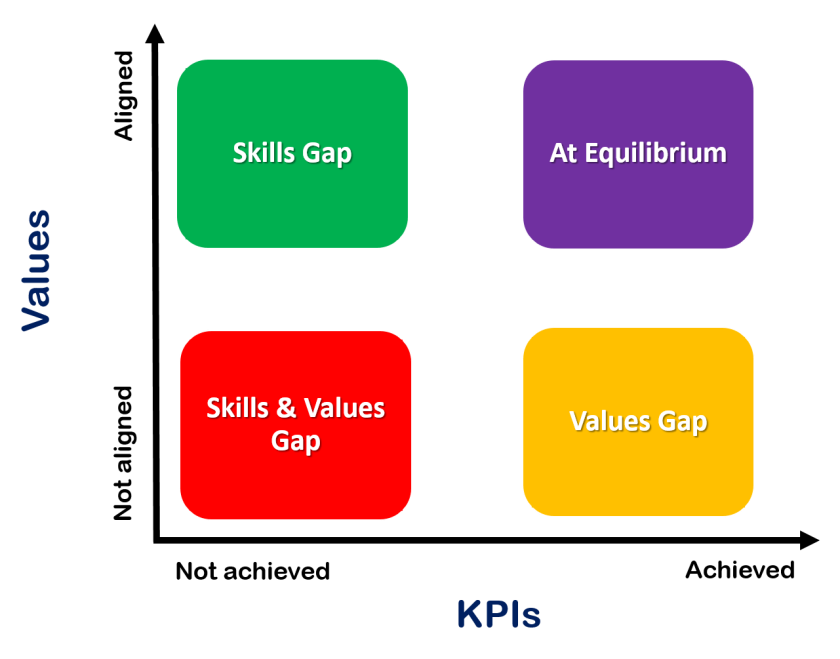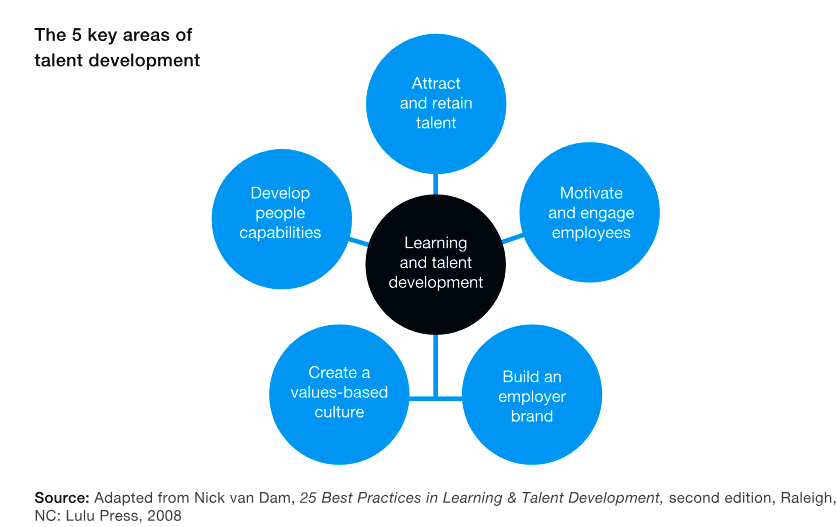Leadership is one of the topics that has existed since humans started working with each other, and like many other things evolved over the centuries. We study leadership in school and colleges, experience it at home and work places, and often practice it too, yet different people have described it in many different ways J
Well, today we will be talking about how Allama Mohammad Iqbal (aka Allama Iqbal), one of the most influential poets/philosophers of Subcontinent has described it in one of his poems. He named the poem ‘Mard-e-Musalman’ and is part of his work from Zarb-e-Kaleem, written in 1936 AD.
I will be sharing the stanzas of the poem and for ease of understanding will simply mention the Leadership traits that I believe exist in the message:
Har Lehza-e-Momim Nae Shaan, Naee Aaan; Guftar Me, Kirdar Me Allah Ki Burhan
Interpretation: Man should have strong character. His talk and deeds should be in accordance with God’s orders
Leadership Traits:
Strong Character (acting God’s representative on earth)
Qaharee-o- Ghaffare-o- Qudoose-o- Jabroot; Yeh Chaar Anasir Hoon to Banta Hay Musalman
Interpretation: Man must be powerful / bold enough to stand for right and at the same time humble enough to forgive. He must be pure and compelling
Leadership Traits: Amalgamation
of these 4 traits “Power/ Forgiveness/ Purity/ Persuasiveness”
Hamsaya-e-Jibreil Amee Banda-e-Khaqi; Hay Iska Nasheman Na Bukhara, Na Badakhshan
Interpretation: The one, who achieves greatness, yet remains very humble. The one, who never stops improving himself
Leadership Traits: Perfect combination of humility and greatness
Yeh Raaz Kisse Ko Nahe Maloom Ke Momin; Qaari Nazar Aata Hay, Haqeqat Me Hay Quran
Interpretation: Some may like him, some may not, but he lives his life as per God’s orders
Leadership Traits:
Man of principles
Qudrat Ke Maqasid Ka Ayyar Iske Irade; Duniya Me Bhee Mezaan, Qayamat Me Bhee Meezan
Interpretation: Man must be determined and should lead a balanced life
Leadership Traits:
Determination & balanced lifestyle
Jis Se Jigar-e-Lala Me Thandak Hoo Woh Shabnum; Daryaon Ke Dil Jis Se Dehal Jaein Woh Tufaan
Interpretation: Man must know the art of being either firm or easy, as per circumstances
Leadership Traits:
Soft like a dew, yet tough like a storm
PS: Most of Iqbal’s work was aimed at enlightening/awakening the Muslims of Subcontinent of that era, and therefore it’s common the find words like ‘Musalman’ (meaning Muslim), Quran (The Holy Quran), Allah (God) in his poetry. However, the message is universal, and I believe that good things are worth sharing with everyone, regardless of their origin. What is important is the message that we could derive from it and use to become better human beings.



